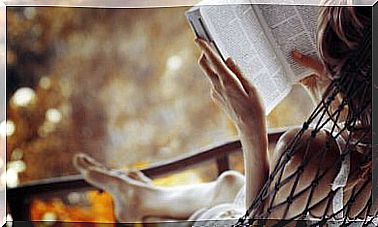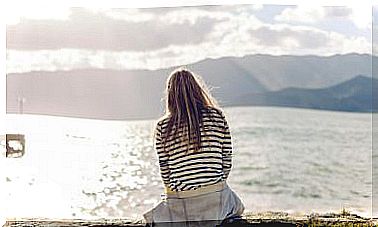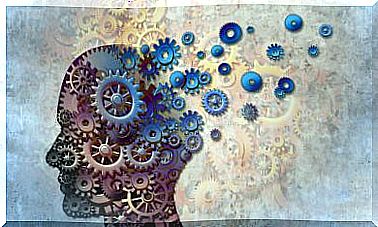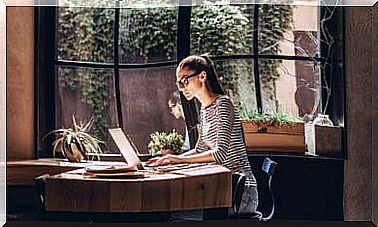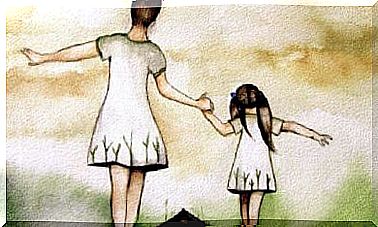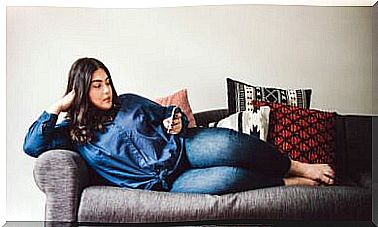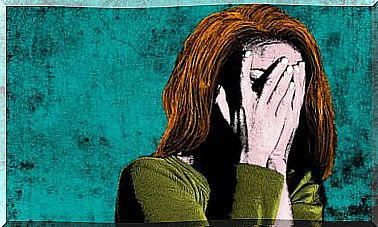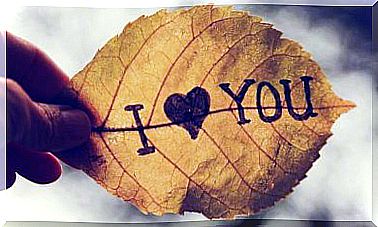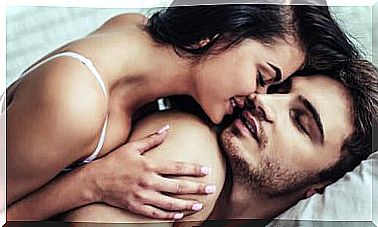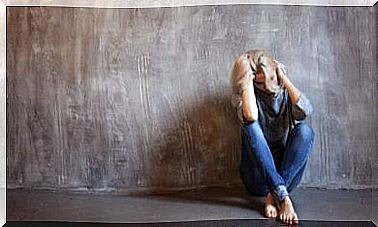Beauty And The Beast: Renovating A Classic
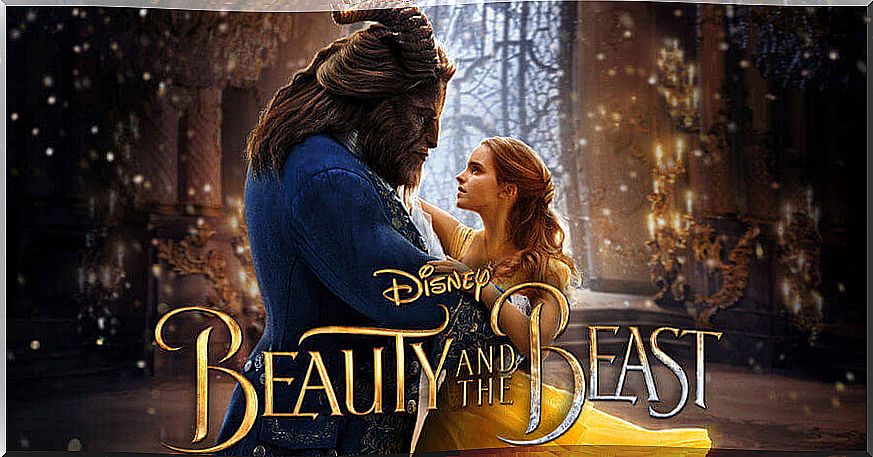
Beauty and the Beast is a story of French origin, which bears some relation to the myth of Psyche and Cupid that appears in the Latin classic The Golden Ass , although today we all remember it thanks to the 1991 Disney film adaptation.
Recently, it has been brought back to the big screen, this time in a non-animated version, by the hand of Bill Condon and with a cast that includes actors such as Ewan McGregor, Ian McKellen and Emma Thompson, with Emma Watson in the role of Beauty and Dan Stevens in that of the Beast.
Bella, the first stranger in a long list
In the 90s, there was a real craze for Disney princesses, most were born in this decade, although some were already veterans like Snow White or Cinderella. The truth is that if we chronologically order the princesses to this day, we will realize the great evolution they have experienced.
Most of these princesses, especially the first ones, responded to the image of the ideal housewife : they were beautiful, young and enjoyed doing housework, they reflected the exemplary woman of a time. They all have in common a dark past (they have lost their mother or father), a stormy situation and a happy ending with their prince. It took Disney a long time to realize that he had to renew these stories, so he took the steps little by little.
Bella would be the first to deviate a little bit (just a little bit) from the path her predecessors had set. Bella was special, physically, she was a beautiful young woman, but not a Snow White of unattainable beauty, but her features were more similar to that of ordinary mortals. Of course, the choice of her hair color, brown, is one of the most significant and, together with her brown eyes, it would be out of the canon of beauty.
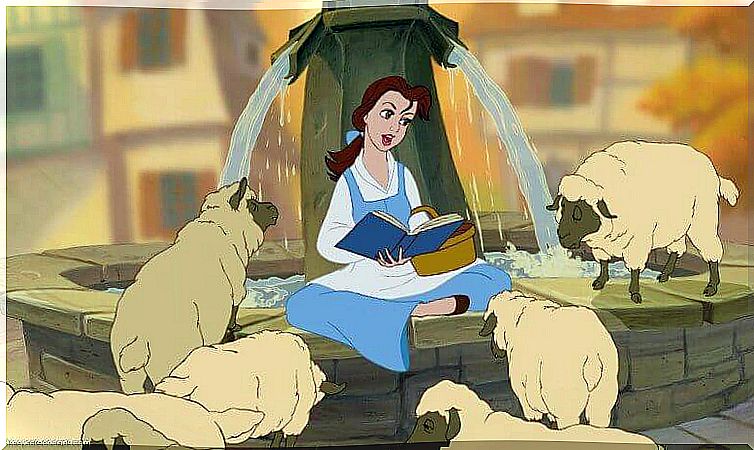
The chestnut is the eternal forgotten in the world of hair, let’s think for a moment about canons of beauty; in songs, sayings or poems that allude to women’s hair; in advertisements for dyes … Anyway, when we want to represent beauty, we go to blonde or black hair, even to red hair, which is the least common; chestnut is almost invisible.
Bella comes from a small French village, a place where people are little or not interested in reading, something that contrasts with Bella and her passion for reading and with which she will earn the nickname “rare”. Reading allows him to escape a little from his life in the village, to know other worlds and to broaden his horizons; She is a girl with many concerns and a thirst for knowledge.
As we can see, Bella is an intelligent, confident girl, who breaks a bit with the stereotypes that Disney had been drawing … But, of course, we would not be talking about a Disney princess of the 90s if she did not have a prince. Bella was not going to be the exception, she too would fall into the clutches of love and, although the purpose of the film is to show the power of inner beauty, it does not stop falling into the topic of the princess who has her happy ending with her prince who, although before he was a beast, becomes a very handsome man.
Beauty and the Beast, a new approach
The intention of the 1990 film was good, there is no doubt, and the truth is that the message that beauty is inside we learned it all (or almost all). Beauty falls in love with the Beast for what it is and leaves appearances aside, therefore, I believe that we must take the transformation of the Beast as a departure from her true self, as a reflection of her inner beauty. And it is that beauty, in addition to being subjective, is also influenced by the interior of the person.
The truth is that Disney is making progress in terms of female representation in its latest films, but I think this new version of Beauty and the Beast, released in this year 2017, is very interesting , as it includes some small winks that give it a touch of fresh air to an old story.
It is inevitable that this new version reminds us of its animated sister, because visually the similarities are unquestionable, from the costumes and the choice of actors to the sets and objects in the castle; It also refers us to the version of the nineties thanks to the soundtrack in which hardly any changes are appreciated.
I think that the essence of this new version has been, mainly, that respect shown to its predecessor because, when an adaptation of a classic is made, we must be very aware that the public will be very aware of the previous version. Sometimes we can fall into extreme renovation and create something completely different and far from the original idea.
Beauty and the Beast respects the main plot, adding some element that clarifies the gaps in the animated version, such as what happened with Bella’s mother, in this way, it brings us closer to the characters and we empathize more with them.
On the other hand, it includes an infinity of black characters that intermingle with whites with total normality, some even have accents that we do not usually associate with black people like Madame de Garderobe, who has an Italian accent and is black; thus demonstrating that the color of the skin does not necessarily have to be linked to the origin. Along the same lines, we find countless interracial couples, such as the aforementioned Madame de Garderobe and her husband, Master Cadenza; or Lumière, the mythical chandelier, and its beloved Plumette, which is also black.

Also, throughout Beauty and the Beast, we notice that the character Le Fou, whose name in French means crazy or wacky, has changed quite a bit from the 1990 version. In the previous film, he was a character who lived up to his name and was a subject of Gastón; In this one, we realize that this devotion to Gastón perhaps goes further and that, probably, he is not as crazy as he seems.
Le Fou shows some signs of infatuation with Gaston, but when he discovers what he really is like, he reveals himself. There is a very significant scene in which Madame Garderobe, still being a wardrobe, dresses three young men as women and two of them get upset; however, one of them seems to feel comfortable and smiles in appreciation. It is something very subtle, a little wink, but really important. In addition, at the end of the film we see how this character ends up dancing with Le Fou and both are delighted.
In this way, what should already be normal is normalized and the purpose of the work is reaffirmed, which is that beauty is inside. It does not matter gender, race, or origin, none of that is important, love goes further and does not understand barriers or impositions.
I believe that this new version of Beauty and the Beast was really necessary, it was necessary to include this type of relationship in a classic like this that, precisely, is about loving regardless of appearances. It is a small step, but very significant and very necessary today. If we continue down this path, perhaps one day and in future versions of Disney princesses, being beautiful is no longer a requirement to be “princesses.”
